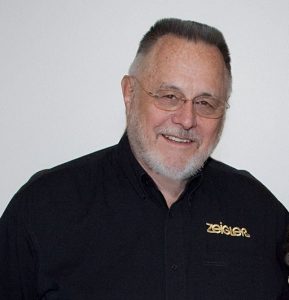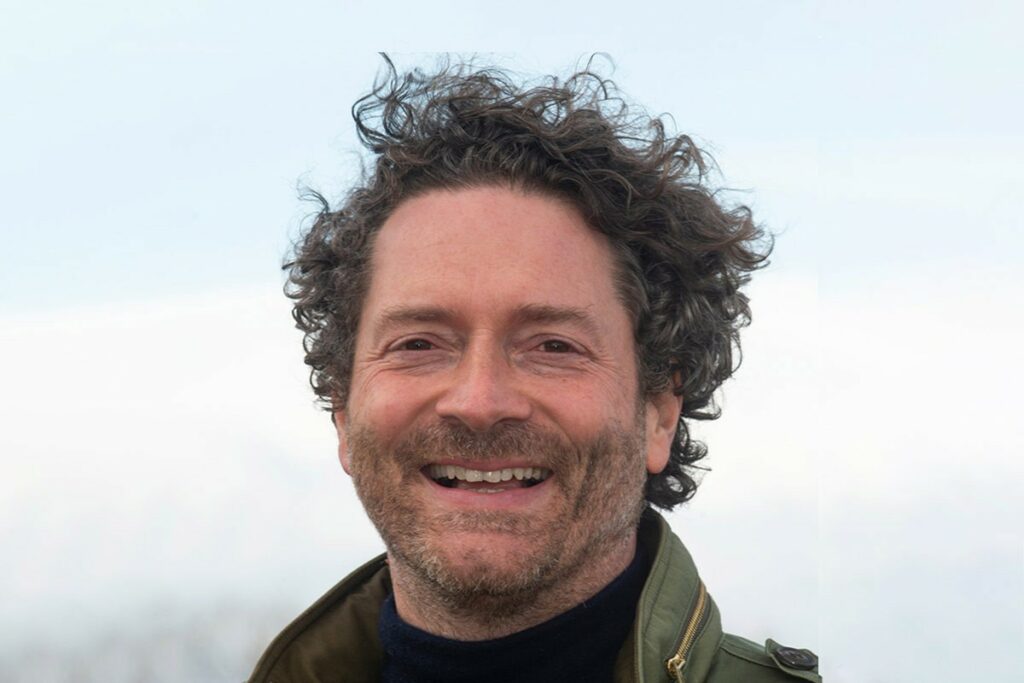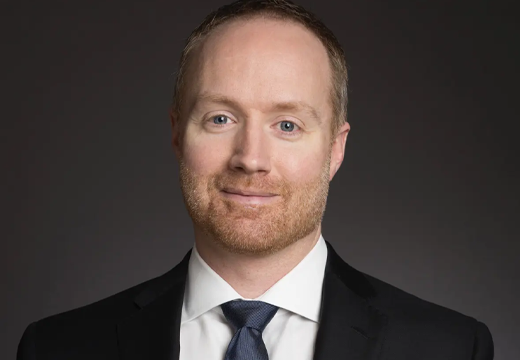Long-Time Aqua Feed Professional: Feed Is An Investment, Not A Cost
Editor’s note: The following column is the second in a series of columns written by GAA Communications Manager Steven Hedlund. Titled “Communicator’s Corner,” the column profiles aquaculture and seafood professionals whose leadership, sense of innovation and emphasis on education and communication set them apart. The column will also appear in the September-October issue of the Global Aquaculture Advocate.
Over 50-plus years at U.S.-based Zeigler Bros., Dr. Thomas R. Zeigler has witnessed aquaculture’s growth from niche to mainstream. When Zeigler joined the family company in 1961 as its director of nutrition, the commercialization of aquaculture was just getting off the ground. Today, aquaculture represents half of global seafood consumption.
As aquaculture has grown, so has Zeigler Bros. In 1967, Zeigler became the company’s president and shifted its focus from commodity feeds to specialty aquatic and animal nutrition. His fingerprints are on many of the advancements in aquaculture diets over the past half-century, from his research with the National Institutes of Health in the 1970s to his work with the International Aquaculture Research Center in the 1980s. He co-founded Vitamin Technologies Inc., which commercialized a patented stable form of ascorbic acid called ascorbyl-tripolyphosphate, and pioneered the development of more than 50 unique nutritional technologies and products.
 Additionally, Zeigler Bros. was one of the original founding members of the Global Aquaculture Alliance.
Additionally, Zeigler Bros. was one of the original founding members of the Global Aquaculture Alliance.
The company’s senior technical advisor and past president and chairman—and a frequent contributor to the Global Aquaculture Advocate—is also a big proponent of responsible aquaculture, which is evident when questioned about what’s preventing aquaculture from reaching its potential, from proper nutrition and feeding practices to disease risk management.
Aqua feed is a major theme of GAA’s GOAL 2014 conference, which features an all-day workshop dedicated to aqua feed.
Competition for fishmeal as a feed ingredient is a hot-button issue as of late, due to the environmental and social issues associated with bycatch and reduction fisheries, and the fact that fishmeal is a finite resource. Fishmeal — averaging at USD 1,800 per ton in December 2013, according to the Food and Agriculture Organization — is only expected to continue to rise.
But, when it comes to aquaculture, Zeigler isn’t worried about competition for fishmeal as a feed ingredient and its rising cost, for economic and technical reasons.
“Am I worried about fishmeal? Absolutely not. When the price of fishmeal gets so high other commodities will work their way into the formulation to lower feed costs and the price of fishmeal will go down,” he said. “It’s a matter of economics.”
But it’s also a matter of technology. “Fishmeal provides two important nutrients—protein and omega-3 fatty acids,” explained Zeigler. “Concerning protein, there’s no problem replacing it with other animal and plant proteins. Concerning unsaturated fatty acids, technology is going to deal with that in terms of those produced in soy, algae and genetic engineering of high-fat plants. Natural selection and genetic engineering do the same thing. The only difference is the speed at which it takes place.”
Zeigler is far more concerned with nutrition and feeding practices, especially in shrimp aquaculture.
In the May-June edition of the Advocate, Zeigler wrote that improvements in performance through improved genetics and nutrition will not be fully realized unless the appropriate feeding practices are implemented. He compared feeding shrimp to feeding a human baby—feed them a high-quality diet, and feed them frequently.
“How do we feed shrimp currently? We feed them cheap, and we feed them when we want to feed them,” said Zeigler. “This is not complicated. It’s pretty fundamental. There’s nutrition and the need for a balanced diet. And then there are eating habits. The feed has to be presented to the animal the way the animal wants it, not the way people want to present it to them. About 15% of the dry matter in the feed is gone within an hour or two after it’s put in the water. How do shrimp eat? They eat continuously. How do we feed shrimp? Two or five times a day.”
Zeigler contemplated that the potential to produce a greater amount of shrimp exists if feeding practices are approved. But without the proper nutrition, improving feeding practices is a moot proposition, because of pressure on feed manufacturers to the reduce the cost, and thus the quality, of feed. It’s a vicious cycle, he said.
“The shrimp industry has gone through some tough times, and the mentality is that feed represents the largest single cost of the production of shrimp,” explained Zeigler. “There are two factors at play here. The farmers demand lower-priced feed, and the feed companies acquiesce and produce lower-quality feed, which winds up affecting the productivity of shrimp farms. It’s a downward spiral. There are countries that could probably increase their productivity by 30% if they would just get it right.”
The prevalence of early mortality syndrome (EMS) — and its financial drain on farmers and processors — is only worsening matters. The silver lining is the industry is seemingly learning from its missteps, and there are many lessons to be learned from EMS.
“Early identification of the cause of the disease is key,” said Zeigler. “With EMS, it took a couple of years to realize what was causing it. We need to go all out” when a disease first hits.
“And I can’t comment enough on biosecurity. There has to be biosecurity,” continued Zeigler. “Marginal feed and marginal farming practices predispose the animal to the disease. If you can’t maintain the natural immune systems of the animal through proper management, disease will break. There’s also the genetic factor. People have been breeding these animals for faster growth. I learned years ago that if you concentrate the desirable factors, you’re also concentrating the undesirable factors. Identifying fast growth, that’s fairly easy. But you’re not testing for resistance to disease.”
Despite the challenges aquaculture faces, from proper nutrition and feeding practices to disease risk management, Zeigler is optimistic about the future of aquaculture and its potential to meet the world’s food needs.
He is also confident about the future of Zeigler Bros., which is on its third generation of family leadership. So what does the future hold for the Pennsylvania-based company?
“Personally I feel that one of the most important aspects of our future is the ability and desire to live by our values. I really think values are important in corporate success,” said Zeigler. “Our values include a love of what we do and who we work with, integrity, value (or our continuing contribution) and elegance (or our performance as a team). I think our new slogan, ‘Nutrition Through Innovation,’ provides us with a vision that we fully intend to continue as a leader in innovative nutritional products for aquaculture.”




